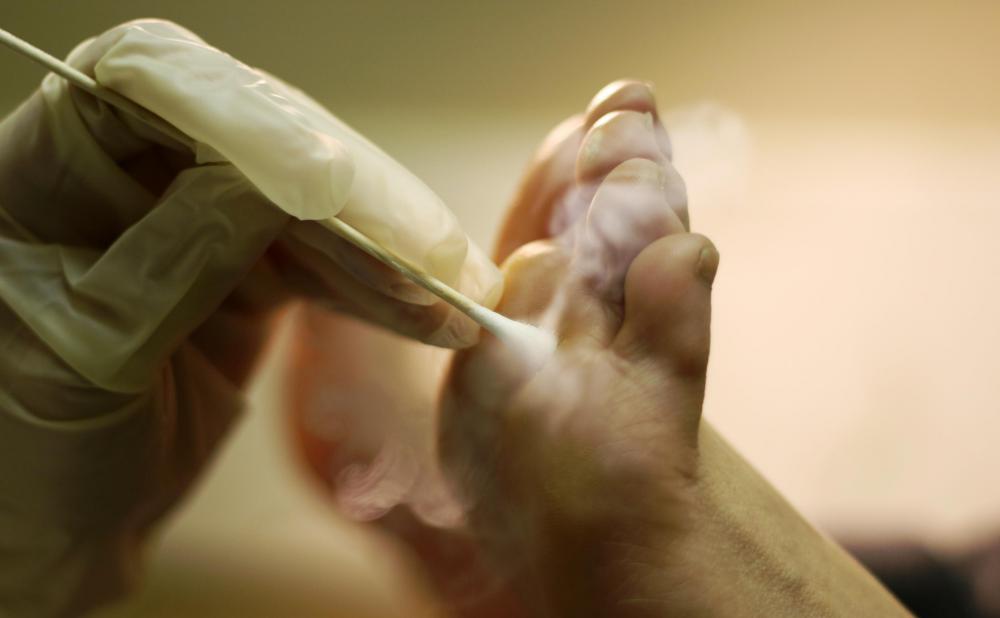At WiseGEEK, we're committed to delivering accurate, trustworthy information. Our expert-authored content is rigorously fact-checked and sourced from credible authorities. Discover how we uphold the highest standards in providing you with reliable knowledge.
What are the Different Types of Seborrheic Keratosis Treatment?
Seborrheic keratosis is a skin growth that is benign, meaning it is non-cancerous; in addition, it is usually painless. Since seborrheic keratosis is benign and often painless, it usually does not require treatment but even so, there are different types of seborrheic keratosis treatment options available. The growth can be removed rather simply from the skin through a variety of methods including cryosurgery, curettage and electrosurgery. Generally, reasons for removal are if the growth bleeds or gets irritated from rubbing against clothing, or for cosmetic purposes.
First and foremost, seborrheic keratosis generally occurs in adults over age 40. The cause of this skin growth is unknown, but it usually appears in multiples on the skin, like on the back, chest and shoulders. Growths vary in physical appearance, but in general, they are circular-shaped, waxy and look like they are pasted onto the skin. They tend to be brown, although they can be a variety of other colors, including tan and black. In addition, growths can be flat or slightly raised.

Seborrheic keratosis can look like moles, skin cancer or warts. This can result in a misdiagnosis, but a doctor will usually be able to distinguish the condition from others through a physical examination of the growth. Usually, treatment for seborrheic keratosis is unnecessary because it is harmless, but there are ways to remove the growth if it becomes irritable or if the affected person sees it as unsightly. In this case, there are several treatment options.

Cryosurgery is one type of seborrheic keratosis treatment. This treatment option involves freezing the growth with liquid nitrogen and waiting a few days for the growth to fall off. Usually, cryosurgery is successful, but sometimes it will not work against larger, thicker growths. In addition, this treatment method might change the color of the targeted skin area, leaving a white spot in place of the removed growth.

Curettage is another type of seborrheic keratosis treatment. A medical instrument, called a curette, scrapes growths off the skin. Curettage can be used alone or with other types of seborrheic keratosis removal methods including cryosurgery and electrosurgery.
Electrosurgery involves numbing the growth and then burning it off with an electric current. This seborrheic keratosis treatment method can take longer to perform than other options. In addition, bleeding can occur. Although there is no need for stitches after the procedure, if it is done improperly, it can cause scars.
AS FEATURED ON:
AS FEATURED ON:














Discuss this Article
Post your comments